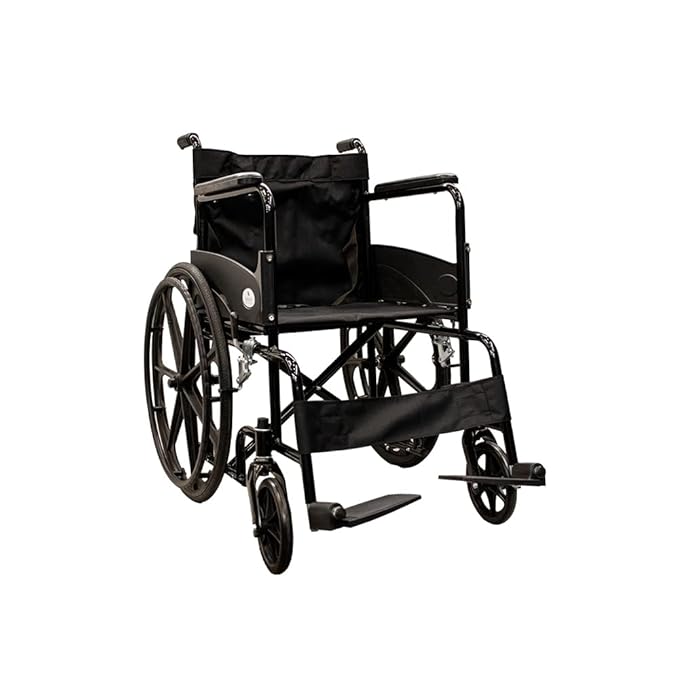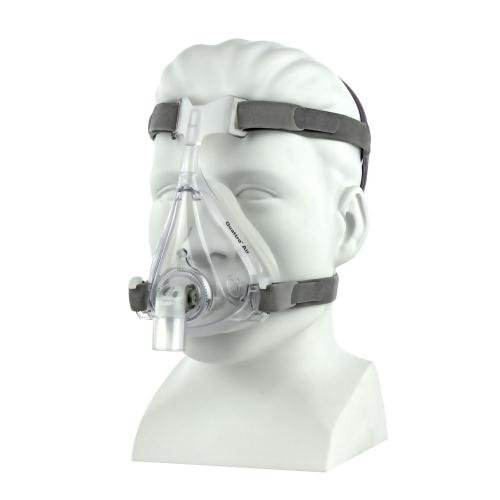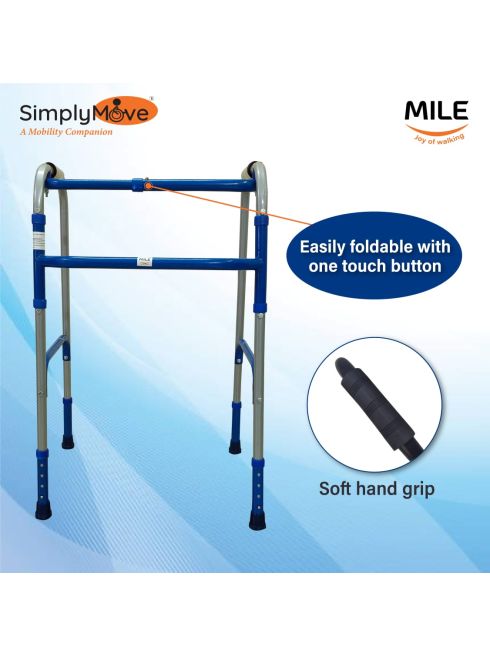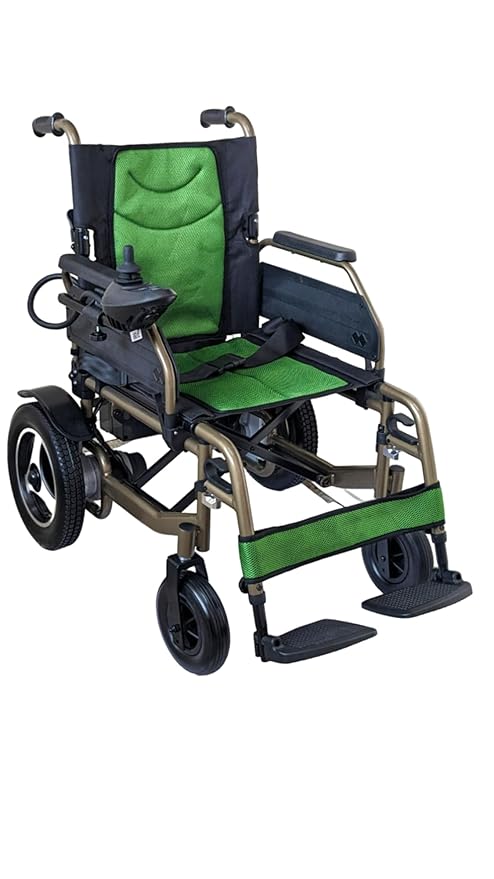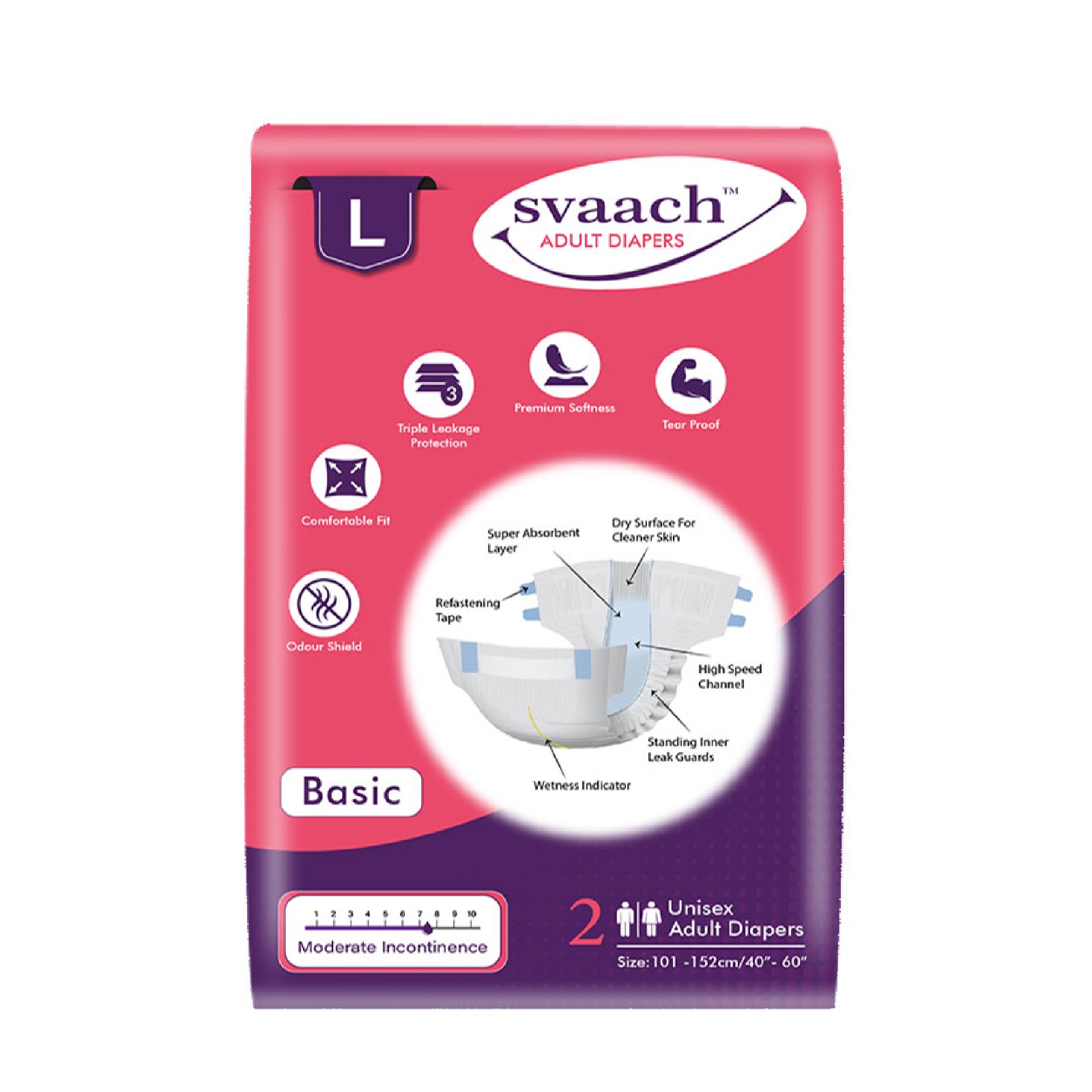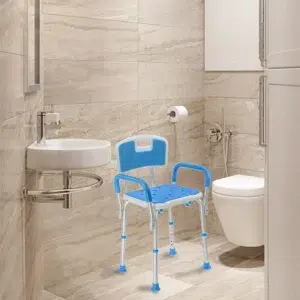Every year, millions of people make a New Year’s resolution to live a more active lifestyle. Fitness is a crucial aspect of overall health, and these individuals often set very ambitious and lofty goals to start the year and turn over a new life. Unfortunately, many will abandon their goals after a few months. This could happen for a number of reasons, including lack of motivation, slow results, or general busyness.
While the initial challenge may be that they set their goals too high, another reason why so many fail to reach those milestones is a lack of support on their journey. When they hit a roadblock on the path or a distraction disrupted their routine, they were unable to get back on track. As a result, they lose sight of their ultimate objective. So how do you have built-in support for your fitness goals that can get you back on track when motivation or available time becomes an issue?
The following strategies can support your fitness journey and help keep you focused on your ultimate objective.
Take Things One Step at a Time
Pursuing better fitness takes a lot of hard work, but the benefits are worth the effort. The more you exercise now, the better off your health and mobility will be as you age. So how do you get started and stay on track?
The first step is the key. What is the first thing that you are going to accomplish today to move you closer to your goal? If you set an objective like finishing a 5k without walking, what will be the first thing you do on day one? Maybe you decide to set an earlier alarm so you can prepare a healthy breakfast or go for a quick morning jog. Perhaps the first step is to purchase some new running shoes or a yoga mat. By taking the initial step, you will have a little more motivation to take the next one, and then the one after that, all while inching closer to your overall objective.
Adopt New Habits to Shift Your Mindset
Sometimes, it can be very disruptive to add big changes to your routine, and it may be enough of an obstacle to holding you back from reaching your goals. Before you start on the bigger activities like heading to the gym, signing up for a class, or going on runs, consider a simpler habit to get your mindset in the right place.
You could start drinking more water each day to work on your hydration habits. Maybe you start taking a daily supplement to support a healthy diet and provide your cells with additional nutrients. It doesn’t hurt to start heading to bed earlier than normal to get an extra hour or two for your body’s energy to be restored. These little habits can affect your mindset and prepare you for adopting more impactful behaviors that will move you toward your goals.
Track Your Progress Creatively
When the activities that are part of your fitness goals start to weigh on you, or they become harder to make time for, the right motivating factor could get you back into the mindset needed to continue.
One way to do this is to track your progress in a creative way. If you are hoping to jog more, maybe you can track your miles and compare them to a fictional journey from a favorite book or movie. Designing a fun chart that you can check off boxes for days or activities that pushed you closer to your goal can be very encouraging. You could also create a reward system if you accomplish a certain number of activities related to your goal for the week, almost like brownie points, (and who doesn’t love giving themselves brownie points?). Find a creative way to track your progress to give yourself a little extra motivation to keep pushing.
Workout with a Buddy
The most encouraging tool you may have in your kit is a person who is on a similar journey. When you lack the motivation or the energy to keep chasing your goal, this person can keep you accountable and support you through the challenges. You can do the same for them, and together, your combined willpower can propel you toward your objective. If you don’t have a partner-in-crime to be on your side, consider finding a group or class that aligns with your goals. You do not have to pursue better fitness alone.
Setting Goals + Supporting Goals = Success
While setting reasonable and specific goals will be a key aspect of your fitness journey, it is just as important to have built-in support to help you reach your objective. When the motivation runs dry or the initial excitement to pursue health disappears, you will need to employ some of these methods to get you back on the path toward success.
Take things one step at a time, adopt small habits to shift your mindset toward health, track your progress creatively, and find support from others who can encourage you.
How much should you exercise per day?
As a general goal, get in at least 30 minutes of moderate exercise every day. If you want to lose weight, maintain your weight, or achieve a specific health goal, you may need to exercise more.
Reducing sitting time is also important. The more hours you sit each day, the higher your risk for metabolic problems. Sitting too much can have a negative impact on your health and longevity, even if you get the recommended amount of exercise every day. Some studies have also shown that people who have lost weight can lose weight by sitting during the day.
Short term? Even a short period of activity is beneficial. For example, if you can’t walk 30 minutes a day, try taking a few 5-minute walks instead. Any job is better than none at all. The most important thing is to incorporate regular exercise into your life.
Aerobic Exercise: Do at least 150 minutes of moderate aerobic exercise or 75 minutes of aerobic exercise per week, or a combination of moderate and vigorous activity. The guidelines recommend that you spread the work out over a week. To provide even greater health benefits and to help with weight loss or weight loss, at least 300 minutes per week is recommended. But even a little exercise helps. Working out for short periods of time throughout the day can add health benefits.
Strength training: Do strengthening exercises for all muscle groups at least twice a week. Aim to perform only one set of each exercise using heavy weights or heavy resistance that will tire your muscles after about 12-15 reps.




